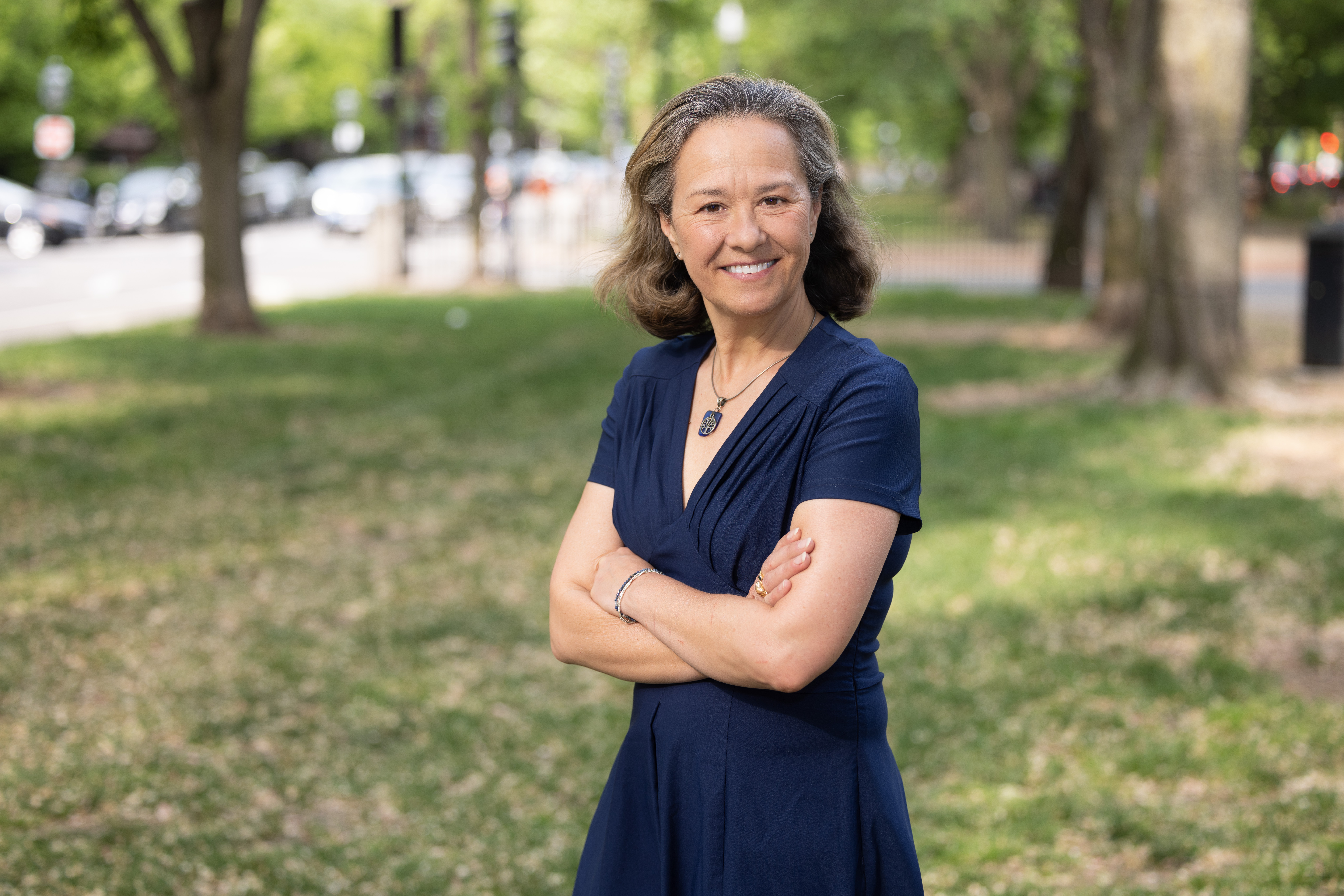This profile was originally published in Harvard Business School’s Alumni Magazine under the name, ‘Home Economics.” Click here or the button below to read the full profile on the HBS website.
In a remote village in the Mexican state of Chiapas, 13 women gather in an open-air community space. Each has arrived at their weekly meeting with a small deposit for El Banco—“the bank”—as the women have named the savings club they’ve formed with the assistance of Trickle Up. The global nonprofit provides financial and business education, monetary investments, and coaching to women who live in extreme poverty. “We are very proud and happy to be able to save,” says Anita Aguilar Cruz, a shop owner in the community, as each peso is carefully recorded and deposited in a lockbox adorned with a sticker from the nonprofit. While the women discuss their respective micro-enterprises and how they might invest their pooled savings, Cruz’s adopted daughter plays with some children nearby.
For Trickle Up president and CEO Nathalie Laidler-Kylander (MBA 1992), who recently visited similar savings groups in India, it’s this last detail that is the sweetest: “I observed these young girls, on the periphery of the group, seeing women who are coming together to support each other. Women who are running businesses, women who are saving, women who are in leadership roles,” she emphasizes. “For these girls, that’s going to be normal.”
“This is joyful work,” says Laidler-Kylander, who joined the 43-year-old nonprofit in 2021. She considers the role to be the capstone of a “patchwork” career of moving between the for-profit sector, where she specialized in marketing, and the nonprofit sector and academia. The three areas have more in common than many think, Laidler-Kylander says. Best practices in leadership and management are applicable everywhere, but nonprofits come with additional organizational challenges. There’s often a disconnect between the user of the service and the payer, or donors—“you don’t naturally have a feedback loop”—and you have to build strategic alliances. “No nonprofit is going to achieve big objectives alone,” Laidler-Kylander explains.



